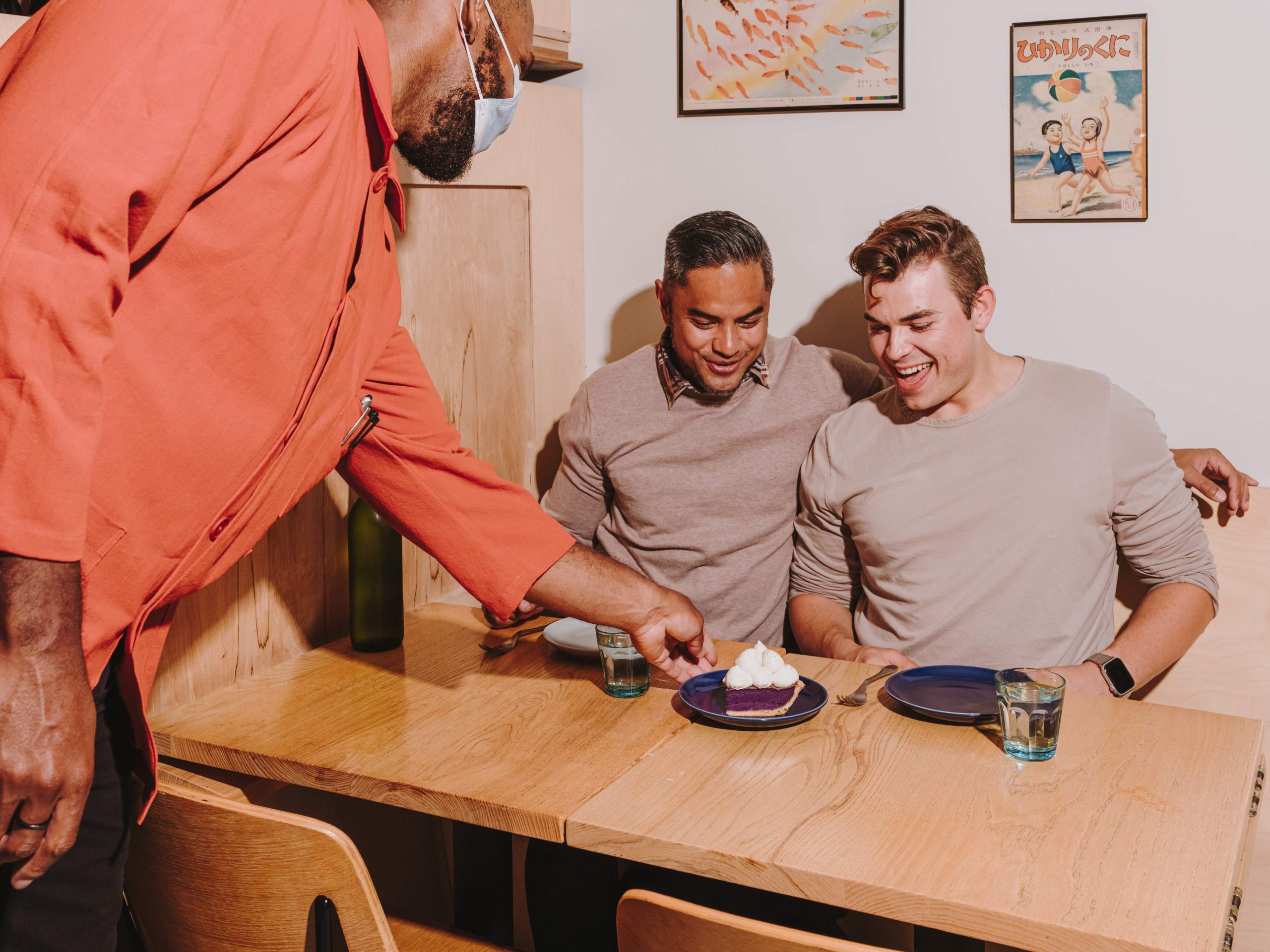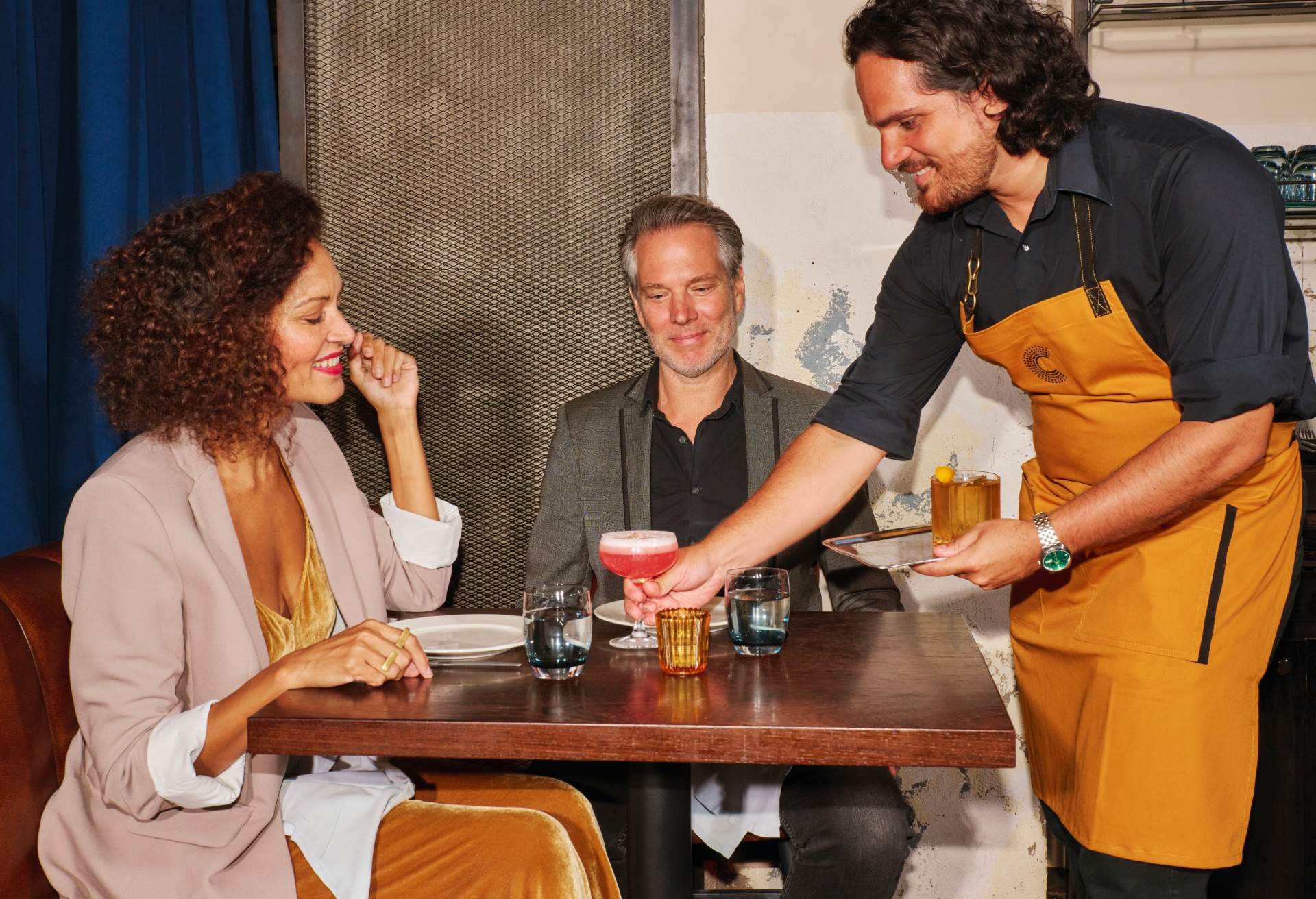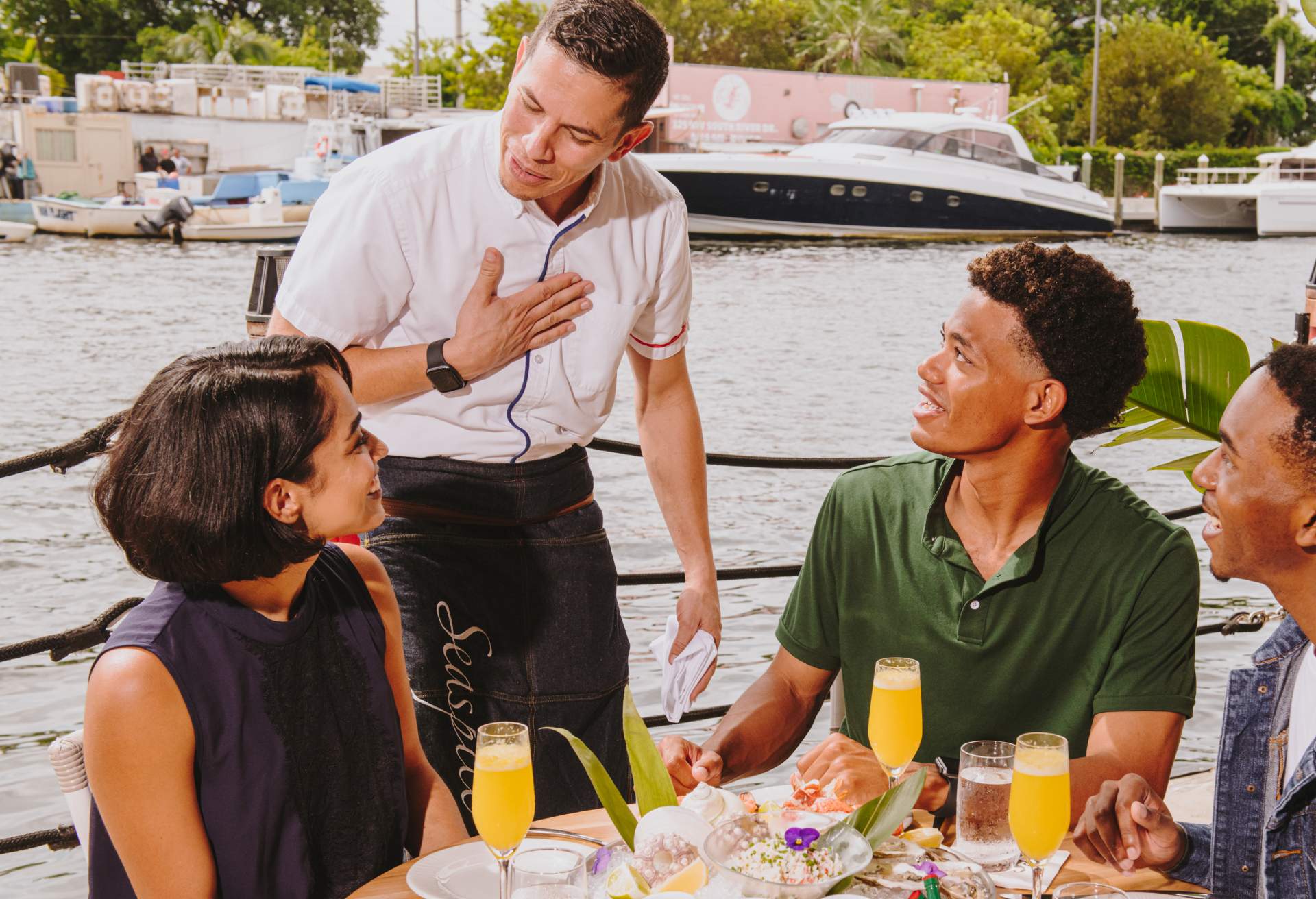Loyalty programs can pay off big, but they don’t work for every restaurant or for every guest. From a restaurant owner’s standpoint, they can be a hassle to administer and some people doubt the value offered and don’t participate. In fact, 38% of people just don’t think loyalty programs are worth joining.
Furthermore, these programs are often associated with casual and fast food restaurant chains, which isn’t an association fine-dining restaurants want their guests to have. “Traditional discounts are not only expensive, but they risk devaluing your brand and training customers to wait for these types of offers,” Zach Goldstein, CEO of Thanx, told Hospitality Technology.
Fortunately, the traditional “earn and burn” style loyalty program isn’t the only option for building stronger relationships with guests by rewarding them for the time and money they spend with you.
Thanks to technology in restaurants, it’s easier than ever to set up a loyalty program that guests don’t even notice. They aren’t required to sign up or do anything to participate. Behind the scenes, you create benchmarks, whether it’s number of visits or number of dollars spent, and decide how to delight guests with special and unusual rewards they didn’t know were coming.
Here’s how to take the concept of a loyalty program to the next level and turn guests into regulars.
Dive into data
The first step to surprising and delighting your most loyal guests is figuring out who exactly they are. Find the biggest spenders and most-frequent guests, and dig into their guest profiles to learn even more about them. This can give you a lot of inspiration about how you can best reward these VIPs who are so important to the restaurant’s success. Integrate OpenTable with your POS to put your finger on the pulse of valuable information.
Segment and personalize
It’s also a good idea to separate the people you’d like to reach with special initiatives into categories. For example, the people who spend the most with you over the course of a year may warrant something different (and more expensive) than a weekly regular who spends less. Still, both groups deserve special treatment in most restaurants.
A review of tags, notes, and guest profiles may reveal a cadre of big-spending wine aficionados, for example. It may be well worth it to plan a high-ticket wine pairing dinner and send them a personalized email invitation to attend. Maybe many guests come to your restaurant for business meetings, and a private networking lunch would make them feel acknowledged and valued.
You can also identify people who were once regulars but haven’t visited in a while. A “we miss you” campaign can be enough personalized attention to bring them back.
It’s worth getting granular when you segment guests. Research shows 80% of people are more likely to spend money with a business that offers personalized experiences. Trial and error will show what kinds perks are best for which segment of guests.
Give them a special event
In the restaurant world, especially for guests who spend the most money, little gifts from the kitchen and gratis glasses of wine are commonplace. They don’t always make the lasting impression a restaurant wants.
What really stands out for people is a special experience they’ll remember. It doesn’t need to be something you do often, but if you host your most treasured VIPs for a cocktail hour once a year on a day you’re normally closed, it will help you stand out from the crowd.
The vast majority of conventional loyalty programs, 97% of them, are based on transactional rewards, such as earning a discount on a future meal. When you shift the focus to interactions, experiences, and relationships, it leads to the most enduring and authentic kind of loyalty.
Make it feel exclusive
An under the radar loyalty program works best when people feel like they’re in a special club. A personalized email about an upcoming event in line with a guest’s interests can make someone feel this way. An invite to an event with other VIPs where they can rub shoulders with the chef also creates a feeling of exclusivity.
When creating VIP lists and segmenting big-spenders by interest, don’t cast too wide of a net. Remember the Pareto principle: on average, 20% of guests generate 80% of your revenue. If you’re targeting more than one-fifth of your guest database, it’s time to reconsider who the recipients of your stealth loyalty efforts should be.
Loop in takeout diners
Over the past few years, takeout and delivery have boomed. You may have VIPs among the ranks of those who prefer to enjoy a restaurant meal at home. Use digital ordering to capture data in their profile so you can figure out what might be the appropriate way to reward these unsung regulars. When people order frequently, they might relish access to a secret or hidden menu available to takeout VIPs only.
It’s possible to run a very effective program that rewards guests for their business builds lasting loyalty without ever invoking the words “loyalty program.” In fact, it’s best if the entire program runs without guests even knowing that it’s happening.
This kind of stealth loyalty program will put you ahead of the curve and set you apart from the competition because it hinges on trends like experiential rewards and personalization. Start small and keep building on what works.




